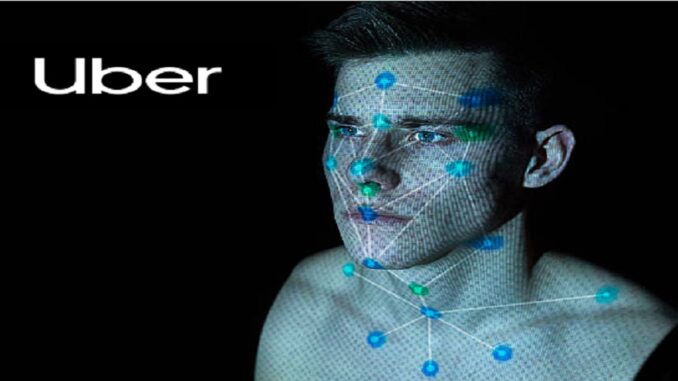
By Chris Jones @TurnOnVPN
Facial recognition is a biometric technology primarily used to identify or verify the identity of an individual using their face. Capturing, comparing, and analysing a person’s face to identify them, facial recognition is considered the most natural of all biometric technologies. The potential of facial recognition when it comes to identification and security is a no-brainer. But this technology has a wide range of applications across different industries, including ride-hailing apps.
Adoption, Challenges, and Concerns
In the past few years, we have seen widespread adoption of facial recognition technology in the retail industry, healthcare, and law enforcement. But as governments across the world jump into the facial recognition bandwagon, concerns about the abuse of the tech and its implications to privacy in public spaces have emerged. The novel tech can be used for mass surveillance, raising privacy concerns among the public.
On top privacy issues, there have been other concerns vis-à-vis the use of facial recognition by government agencies. How can a technology that is largely unregulated, has been consistently proven to be inaccurate, and biased against people of colour (especially black women) be used in law enforcement? These fears, coupled with inaccuracies and biases associated with the tech have sparked facial recognition protests across the globe.
Facial Recognition in Uber
Despite the challenges, private companies across different industries continue to roll out facial recognition technologies for different purposes. Uber, the largest ride-hailing firm in the world, is among the early adopters of facial recognition technology. Here’s a brief overview of events detailing the Uber’s interactions with facial recognition technology.
Real-Time ID Check Feature
In 2016, Uber introduced a feature known as Real-Time ID Check to protect drivers’ accounts from being compromised and keep riders safe. Uber drivers were required to take a selfie before signing into the platform and accepting ride requests. The feature, which employed Microsoft’s facial recognition technology, proved ineffective. The tech could not differentiate between an actual face and a paper photo of the same face. People would easily fool the security system by holding up photographs of authorized drivers.
Human Intervention
In 2018, an unauthorized Uber driver used a fake photo to pass the security check, an event that culminated in the rape of a woman in Melbourne, Australia. Following this tragic event, Uber introduced human reviewers to prevent unauthorized drivers from using fake photographs to pass the security check and drive vehicles registered to other people. Later in 2018, the ride-hailing company introduced an in-app emergency button and started providing riders with photos of the drivers.
Using Facial Recognition to Curb the Spread of Covid-19
On Monday 18 May 2020, Uber started requiring drivers to wear face masks to combat the spread of Covid-19. The company is using facial recognition to make sure that the drivers comply with the new requirement. The drivers are required to take a selfie to verify that they are wearing a face mask. Drivers affected by the change are those in most of Europe, India, Latin America, Canada, and the United States.
Using Facial Recognition Tech in Ubers: Yay or Nay?
The use of facial recognition tech in Ubers can be beneficial in a number of ways. Security is one of the key advantages of facial recognition tech, in any setting. The tech can improve security during Uber rides by ensuring only the authorized driver gets behind the wheel. Facial recognition tech is also helping curb the spread of the deadly coronavirus by ensuring that drivers wear face masks.
On the downside, facial recognition tech is still plagued by issues such as privacy, inaccuracy, bias, etc. How many people are willing to trust Uber with their biometric data? Most importantly, the technology is not advanced enough and still easy to fool hence the introduction of human reviewers to ensure the safety of riders. As demonstrated by the events that occurred in Melbourne two years ago, facial recognition tech in Ubers is ineffective when it comes to safety, and carries a degree of privacy risks.
